Home>Articles>How Can An Ionization Smoke Detector Be Identified?
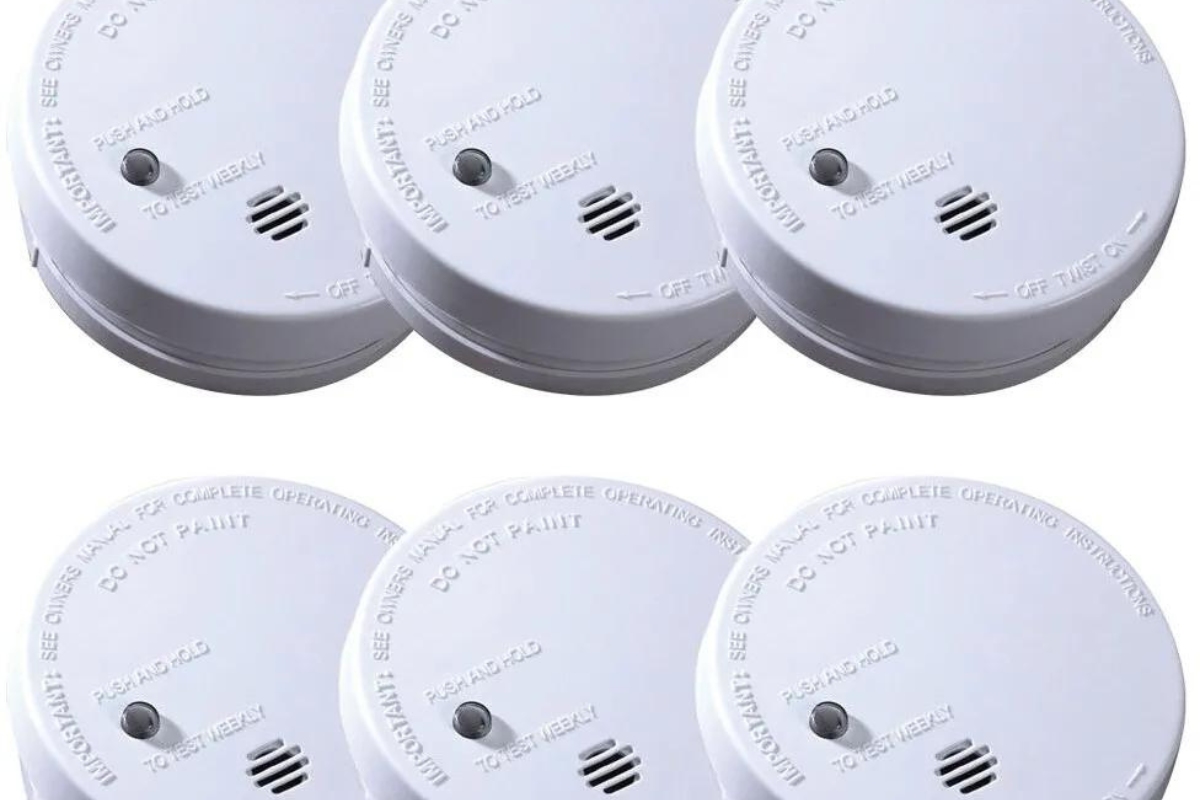

Articles
How Can An Ionization Smoke Detector Be Identified?
Modified: January 5, 2024
Learn how to identify an ionization smoke detector in this informative article. Find out what features to look for and how they work.
(Many of the links in this article redirect to a specific reviewed product. Your purchase of these products through affiliate links helps to generate commission for Storables.com, at no extra cost. Learn more)
Introduction
Welcome to our comprehensive guide on how to identify an ionization smoke detector! Smoke detectors are an essential part of home safety, alerting us to the presence of smoke and potential fires. Among the different types of smoke detectors available, ionization smoke detectors are widely used due to their effectiveness in detecting fast-flaming fires.
In this article, we will delve into the intricacies of ionization smoke detectors and provide you with step-by-step instructions on how to identify them. We will discuss the working principles of ionization smoke detectors, various methods of identification, and offer tips to ensure your safety.
Knowing how to identify an ionization smoke detector is crucial for a few reasons. Firstly, it helps you understand the specific type of smoke detector you have installed in your home. This knowledge is essential when it comes to maintaining and troubleshooting the device. Secondly, recognizing the type of smoke detector allows better understanding of its strengths and limitations in detecting different types of fires.
Let’s dive in and explore the world of ionization smoke detectors!
Key Takeaways:
- Identifying ionization smoke detectors is crucial for understanding their strengths and limitations in detecting fast-flaming fires. Visual inspection, reading the label, contacting the manufacturer, and using a smoke test spray are effective methods for identification.
- While ionization smoke detectors excel at detecting fast-flaming fires, it’s essential to have a combination of smoke detectors in your home for comprehensive fire detection. Regular maintenance and understanding the type of smoke detector you have are vital for ensuring fire safety.
Read more: What Is An Ionization Smoke Detector?
Types of Smoke Detectors
Before we focus on ionization smoke detectors, let’s briefly discuss the different types of smoke detectors available. Smoke detectors can generally be categorized into two main types: ionization smoke detectors and photoelectric smoke detectors.
1. Ionization Smoke Detectors: These smoke detectors work by ionizing the air inside the device. They contain a small amount of radioactive material, which creates a small electric current between two plates. When smoke particles enter the detector, they disrupt the electric current, triggering the alarm.
2. Photoelectric Smoke Detectors: Photoelectric smoke detectors, also known as optical smoke detectors, use a beam of light to detect smoke. Inside the device, there is a light source and a photosensitive sensor. When smoke particles enter the chamber, they scatter the light beam, causing the sensor to trigger the alarm.
Both types of smoke detectors have their own advantages and are effective in different scenarios. Ionization smoke detectors are particularly sensitive to fast-flaming fires, such as those produced by burning paper or wood. On the other hand, photoelectric smoke detectors are better at detecting slow-smoldering fires, like those caused by smoldering upholstery or overheated electrical wires.
It’s worth noting that many smoke detectors available on the market utilize a combination of ionization and photoelectric technologies. These dual-sensor smoke detectors provide enhanced coverage and are designed to detect a broader range of fires.
Now that we have a basic understanding of the different types of smoke detectors, let’s focus on ionization smoke detectors and learn how to identify them.
Ionization Smoke Detectors
Ionization smoke detectors are designed to quickly detect the presence of fast-flaming fires. These types of fires typically produce light, heat, and smoke in a short period of time. Ionization smoke detectors use a small amount of radioactive material, usually Americium-241, to ionize the air inside the device. As a result, the air becomes electrically conductive.
Inside an ionization smoke detector, there are two plates: a positively charged plate and a negatively charged plate. These plates are separated by a small air gap. When smoke particles enter the detector, they disrupt the flow of ions, reducing the conductivity between the plates. This disruption creates a voltage drop and triggers the alarm, alerting you to the presence of smoke.
Ionization smoke detectors are known for their sensitivity to small smoke particles and their ability to quickly detect fires that ignite and spread rapidly. This makes them particularly useful in areas where fast-flaming fires are likely to occur, such as kitchens or near furnaces.
However, it is important to note that ionization smoke detectors are not as effective in detecting slow-smoldering fires, which produce larger smoke particles. Additionally, ionization smoke detectors are more prone to false alarms caused by cooking smoke or steam from showers. Therefore, it is recommended to complement an ionization smoke detector with a photoelectric smoke detector or to consider a dual-sensor smoke detector that combines both technologies for comprehensive fire detection.
Now that we have discussed the working principles and strengths of ionization smoke detectors, it’s time to understand how to identify them in your home.
How Ionization Smoke Detectors Work
To understand how ionization smoke detectors work, it’s important to delve into their internal components and the process by which they detect smoke.
Inside an ionization smoke detector, there are three key components:
- The ionization chamber: This is the heart of the detector. It contains the radioactive material and the two charged plates. The radioactive material continuously emits alpha particles, which ionize the air inside the chamber.
- A small electric current: With the ionized air inside the chamber, a small electric current is established between the two charged plates.
- An alarm circuit: The alarm circuit is connected to the charged plates. When smoke particles enter the chamber, they disrupt the flow of ions and the electric current, triggering the alarm.
When smoke particles enter the ionization chamber, they attach to the ions present in the air. This disrupts the flow of ions between the charged plates, causing a decrease in the electrical conductivity. The disruption is detected by the alarm circuit, which triggers the alarm to sound. The alarm will continue to sound until the smoke is cleared from the chamber or until the smoke particles no longer interfere with the ion flow.
It’s important to note that ionization smoke detectors are highly sensitive to small smoke particles. This sensitivity allows them to quickly detect fast-flaming fires, which produce a large number of small smoke particles within a short time frame.
However, it’s also worth mentioning that ionization smoke detectors may have limitations in detecting slow-smoldering fires, as these fires tend to produce larger smoke particles that may not disrupt the flow of ions as easily.
Understanding how ionization smoke detectors work is essential in determining the appropriate placement and maintenance of these devices in your home. By knowing their strengths and limitations, you can ensure the best possible protection against fires.
Identifying an Ionization Smoke Detector
Identifying an ionization smoke detector is important for maintenance purposes and to ensure that your home is adequately protected against fast-flaming fires. Here are several methods you can use to determine if a smoke detector is of the ionization type:
Visual Inspection:
One of the simplest ways to identify an ionization smoke detector is through a visual inspection. Look for the following characteristics:
- Check the shape and design of the smoke detector. Ionization smoke detectors are typically round or oval-shaped and have a more compact design compared to other smoke detector types.
- Inspect the vents or holes on the smoke detector. Ionization smoke detectors often have multiple small vents to allow smoke to enter the detector for detection.
- Look for any wording or indicators on the smoke detector itself that may indicate it is an ionization type.
Reading the Label or User Manual:
The manufacturer’s label or user manual is another valuable source of information when identifying an ionization smoke detector. Look for specific words or phrases that indicate the type of smoke detection technology used. Terms such as “ionization,” “fast-flaming fires,” or “responds quickly to smoke” may point to an ionization smoke detector.
Contacting the Manufacturer:
If you are unable to determine the type of smoke detector through visual inspection or by reading the label, contacting the manufacturer directly is a reliable option. Many manufacturers have customer support lines or online resources available to help you identify the type of smoke detector you have.
Using a Smoke Test Spray:
In some cases, you may need to confirm the type of smoke detector by performing a smoke test. Using a smoke test spray specifically designed for testing smoke detectors, follow the instructions provided. Observe the detector’s response to the smoke. If it triggers an alarm quickly in the presence of the smoke test spray, it is likely an ionization smoke detector.
Keep in mind that it’s always a good idea to have a combination of smoke detectors in your home. While ionization smoke detectors are efficient at detecting fast-flaming fires, it’s recommended to also have photoelectric smoke detectors or dual-sensor smoke detectors for enhanced fire detection coverage.
By following these methods, you can effectively identify an ionization smoke detector and ensure that your home is equipped with the appropriate type of smoke detection technology.
Read more: How Does An Ionization Smoke Detector Work?
Visual Inspection
Visual inspection is one of the easiest methods to identify an ionization smoke detector. By carefully examining the smoke detector, you can look for specific visual cues that indicate it is of the ionization type. Here are some key aspects to consider during a visual inspection:
- Shape and Design: Ionization smoke detectors often have a distinct shape and design. They are typically round or oval-shaped and have a more compact size compared to other types of smoke detectors. Look for these distinctive features when inspecting your smoke detector.
- Vents or Holes: Another characteristic to look for is the presence of vents or holes on the smoke detector. Ionization smoke detectors require the entry of smoke particles into the sensing chamber. As a result, they often have multiple small vents or holes strategically placed to allow smoke to enter. Check for these openings on the device.
- Label or Markings: Examine the smoke detector for any labeling or markings that may indicate it is an ionization smoke detector. This could include phrases such as “ionization technology,” “fast-flaming fire detection,” or other similar indications. Manufacturers may also use specific symbols or icons to represent the type of smoke detection technology used. Look for any such labels or markings on the smoke detector.
During the visual inspection, it’s important to note that smoke detectors may vary in appearance and design from one manufacturer to another. Therefore, it is recommended to consult the user manual or contact the manufacturer if you are unsure or unable to determine the type of smoke detector based on visual inspection alone.
By carefully examining the shape, design, vents, labels, and markings on the smoke detector, you can gather valuable information to determine if it is an ionization smoke detector. Remember that visual inspection is just one method, and it’s always a good idea to utilize multiple identification methods to ensure accuracy.
Take the time to inspect your smoke detectors periodically to ensure they are in proper working condition and meet your home’s fire safety needs. Regular maintenance and identification of the smoke detector type are crucial steps in ensuring the safety and protection of your loved ones and property.
Reading the Label or User Manual
Another method to identify an ionization smoke detector is by reading the label or user manual provided by the manufacturer. These resources often contain valuable information about the type of smoke detection technology used in the device. Here’s how you can use the label or user manual to identify the smoke detector:
- Manufacturer’s Label: Carefully examine the manufacturer’s label on the smoke detector. Look for any specific wording or indicators that may reveal the type of smoke detection technology used. Manufacturers may directly state that the device is an ionization smoke detector or use terms such as “ionization technology” or “detects fast-flaming fires.”
- User Manual: If the label does not provide clear information, consult the user manual that came with the smoke detector. Look for sections that describe the functionality and technology behind the device. Pay attention to any specific references to ionization smoke detection or the ability to detect fast-flaming fires. The user manual may also provide insights into maintenance recommendations specific to ionization smoke detectors.
When reading the label or user manual, keep in mind that different manufacturers may use different terminology and descriptions. However, they typically provide enough information to help you understand the type of smoke detector you have installed.
If you cannot locate the user manual or the label is worn or illegible, consider visiting the manufacturer’s website to search for downloadable manuals or contact their customer support for assistance. Manufacturers are usually eager to provide the necessary information to help you identify their products correctly.
Remember, it’s always a good idea to keep a record of the manufacturer’s name, model number, and any other relevant information from the label or user manual for future reference. This information will come in handy when it comes to maintenance, replacement, or troubleshooting of your smoke detector.
By reading the label or user manual, you can gather specific information about the smoke detector and determine if it is an ionization type. This knowledge will help you make informed decisions regarding the functionality and maintenance of your smoke detection system.
Contacting the Manufacturer
If you are unable to identify the type of smoke detector through visual inspection or by reading the label or user manual, contacting the manufacturer directly is a reliable and helpful option. Manufacturers have customer support lines or online resources available to assist customers in identifying their products. Here’s how you can reach out to the manufacturer for assistance:
Customer Support:
Check the manufacturer’s website or packaging for contact information, such as a customer support phone number or email address. Reach out to their customer support team and provide them with the necessary details, including the model number or any identifying information from the smoke detector. The customer support representative will be able to assist you in determining if the smoke detector in question is an ionization type.
Read more: What Can Set Off A Smoke Detector
Online Resources:
Some manufacturers have an online database or FAQ section where you can search for information about their products. Visit the manufacturer’s website and look for resources related to smoke detectors or their specific product line. You may find detailed product descriptions, technical specifications, or even user forums where you can post your questions and get answers from other users or company representatives.
Email or Online Inquiry:
If you prefer written communication, consider sending an email or filling out an online inquiry form on the manufacturer’s website. Provide all the relevant details about the smoke detector, including any distinguishing features or labels you have observed. The manufacturer’s support team will respond with the necessary information to identify the type of smoke detector you have.
Remember to be patient and polite when contacting the manufacturer. They are there to assist you and provide accurate information.
By reaching out to the manufacturer, you can rely on their expertise and knowledge of their own products. Their guidance and support will help you correctly identify the type of smoke detector and ensure that you have the appropriate safety measures in place for your home.
Using a Smoke Test Spray
If you are still unsure about the type of smoke detector you have, another method to identify an ionization smoke detector is by using a smoke test spray. These sprays are specifically designed to test the functionality of smoke detectors. Here’s how you can use a smoke test spray:
- Choose a Smoke Test Spray: Purchase a smoke test spray that is compatible with smoke detectors. These sprays are readily available online or at local hardware or home improvement stores. Ensure that the spray you choose is safe to use and specifically designed for testing smoke detectors.
- Prepare the Test: Familiarize yourself with the instructions provided by the smoke test spray manufacturer. Ensure you have a clear understanding of how to safely and effectively use the spray. It is important to follow the instructions precisely to obtain accurate results and ensure your safety.
- Test in a Controlled Environment: Choose a well-ventilated area or an open outdoor space to conduct the smoke test. It is crucial to create a controlled environment to avoid triggering unnecessary alarms or causing discomfort due to the smell. Keep in mind that the smoke created by the test spray is artificial and may differ from real smoke characteristics.
- Activate the Smoke Test Spray: Hold the smoke test spray canister at a safe distance from the smoke detector and activate the spray according to the instructions provided. Allow a small amount of the smoke to enter the vicinity of the smoke detector without obstructing the vents or openings. Observe the smoke detection response of the device.
- Interpreting the Results: If the smoke detector quickly detects the artificial smoke and triggers the alarm, it is likely an ionization smoke detector. However, if the device does not respond or detects the smoke after a significant delay, it may indicate a different type of smoke detector, such as a photoelectric detector.
- Safety Precautions: Always prioritize safety when using a smoke test spray. Follow the instructions provided by the manufacturer and take necessary precautions to minimize the risks associated with using artificial smoke. Avoid unnecessary exposure to the smoke and ensure proper ventilation during the test.
Using a smoke test spray can be a practical method to confirm the type of smoke detector you have. However, it is important to note that this method should be used as a supplementary identification method and not as the sole determining factor. If you still have doubts or concerns, consider contacting the manufacturer for further clarification.
By using a smoke test spray, you can verify the functionality and response of your smoke detector to artificial smoke, enabling you to identify an ionization smoke detector more confidently.
Look for the radioactive symbol on the smoke detector, which indicates the presence of a small amount of radioactive material used in ionization smoke detectors.
Conclusion
Identifying an ionization smoke detector is an important step in ensuring the safety of your home and loved ones. These smoke detectors are specifically designed to detect fast-flaming fires, which can spread quickly and pose significant risks. By being able to identify an ionization smoke detector, you can better understand its strengths and limitations in fire detection.
In this comprehensive guide, we explored various methods to identify an ionization smoke detector. We discussed the visual inspection, looking for distinctive shapes, vents, or labeling on the device. We also highlighted the importance of reading the label or user manual to gather specific information about the smoke detector’s technology.
If you’re still unsure, contacting the manufacturer directly can provide you with accurate information and guidance. Their customer support teams are equipped with the knowledge to assist you in identifying the smoke detector correctly.
Lastly, we discussed the option of using a smoke test spray, designed to simulate smoke and test the functionality of your smoke detector. This method can help confirm if your detector is of the ionization type.
Remember, it’s essential to have a combination of smoke detectors in your home to ensure comprehensive fire detection. While ionization smoke detectors excel at detecting fast-flaming fires, it’s recommended to also have photoelectric smoke detectors or dual-sensor smoke detectors for complete coverage in different fire scenarios.
By taking the time to identify the type of smoke detector you have, you can make informed decisions regarding maintenance, placement, and the overall fire safety measures in your home.
Always prioritize regular maintenance and testing of your smoke detectors to ensure they are functioning properly. Additionally, familiarize yourself with local fire safety regulations and guidelines to ensure compliance and maximum protection.
Remember, when it comes to fire safety, every second counts. Detecting fires quickly and accurately is crucial for the safety and well-being of you and your loved ones. By understanding and identifying the type of smoke detector you have, you can enhance your overall fire safety and provide the utmost protection for your home.
Frequently Asked Questions about How Can An Ionization Smoke Detector Be Identified?
Was this page helpful?
At Storables.com, we guarantee accurate and reliable information. Our content, validated by Expert Board Contributors, is crafted following stringent Editorial Policies. We're committed to providing you with well-researched, expert-backed insights for all your informational needs.

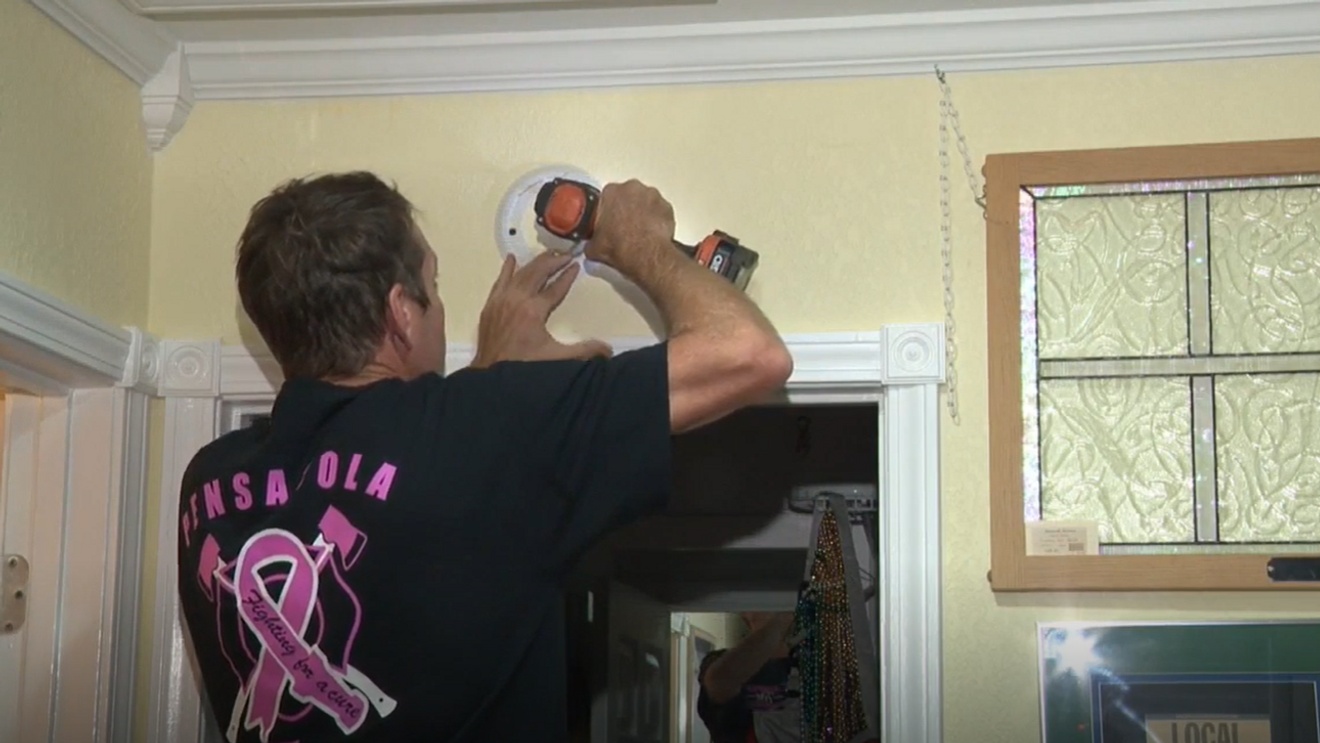
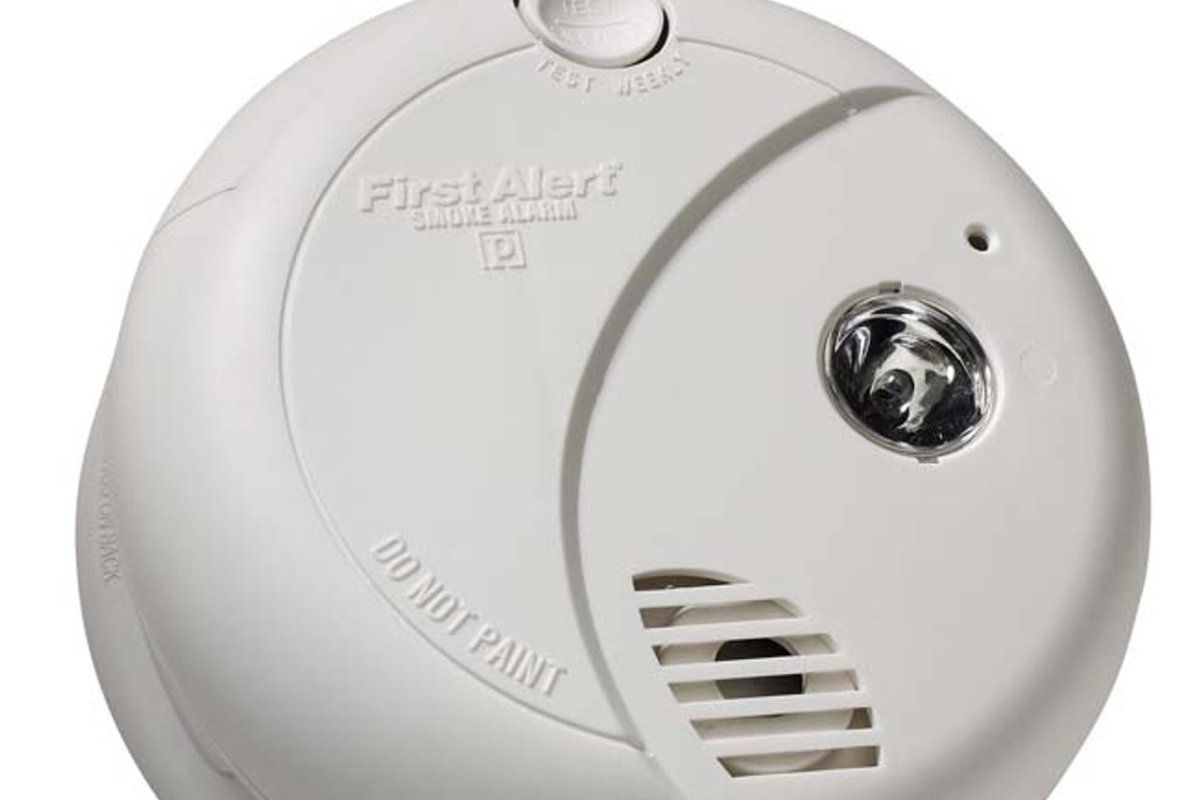
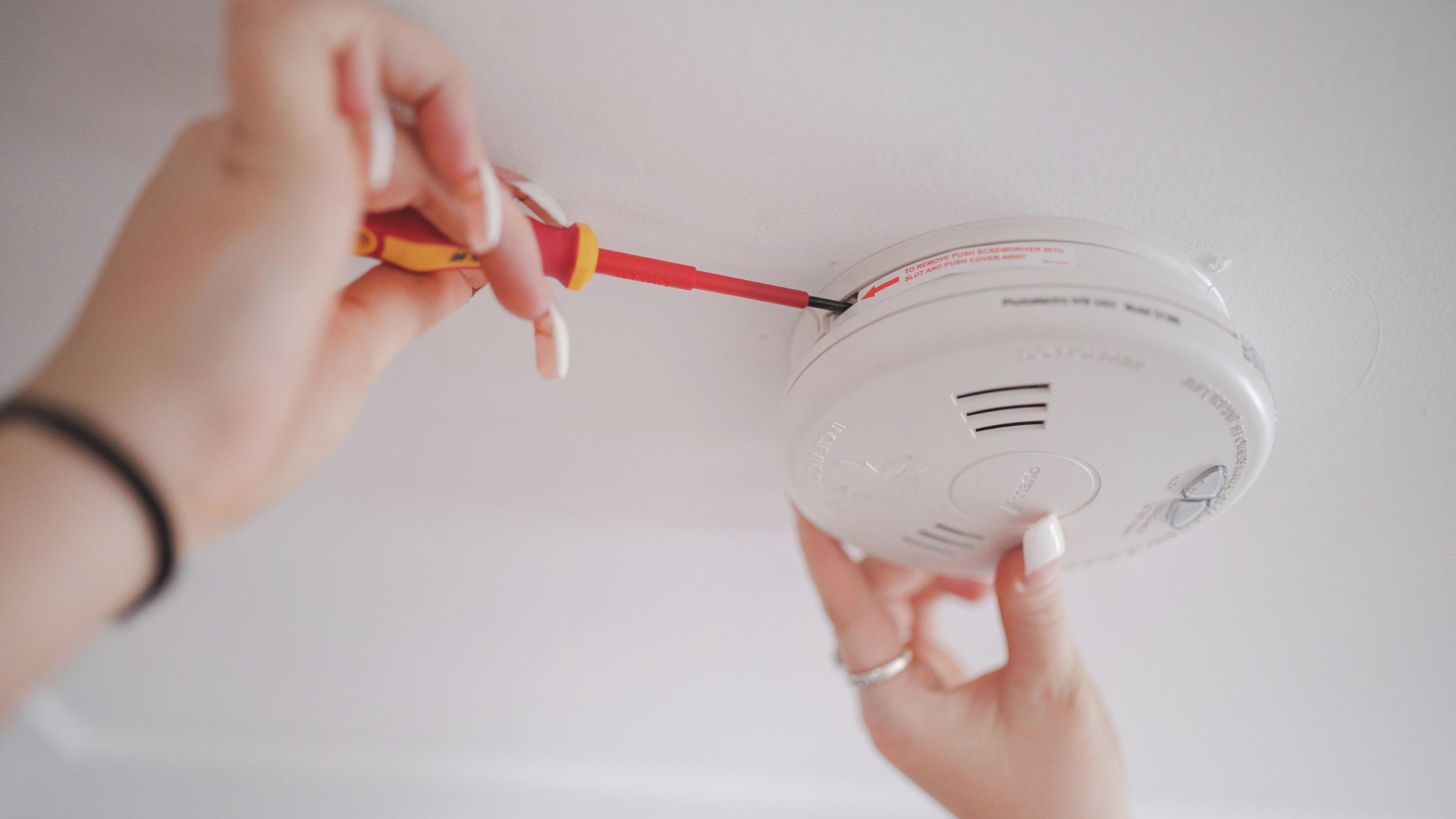
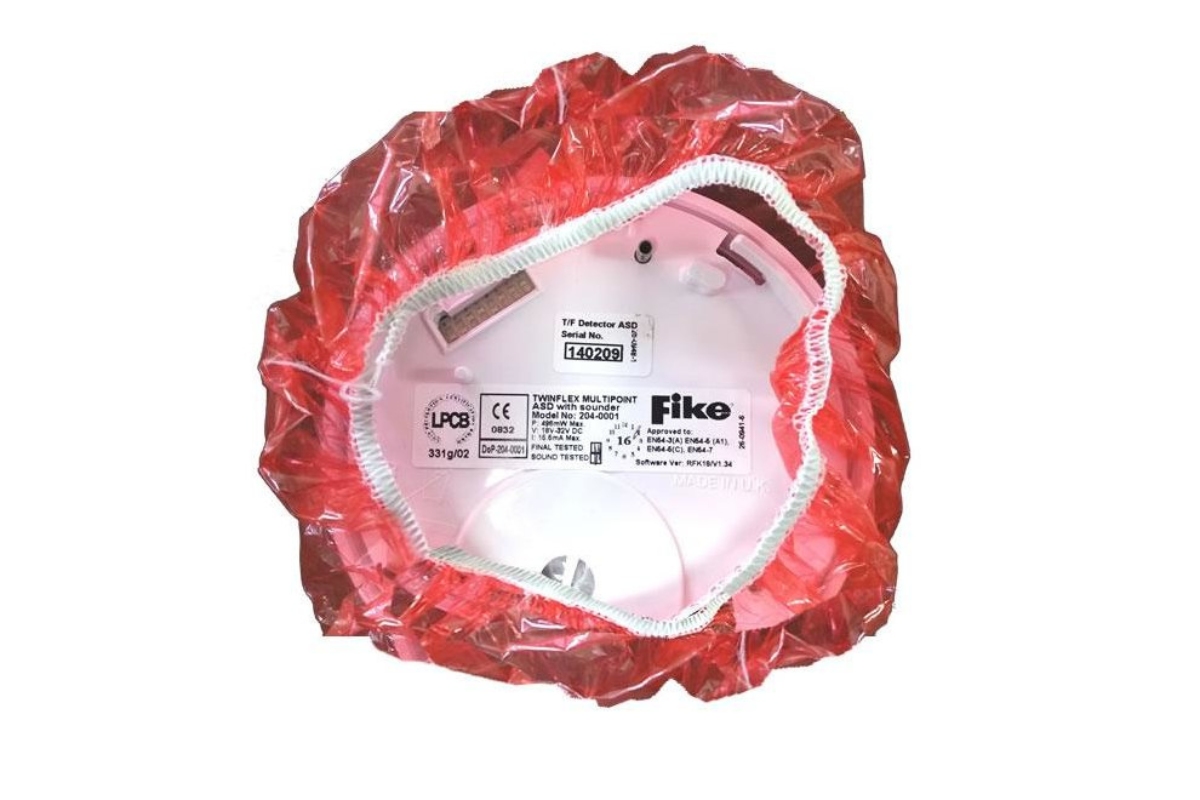
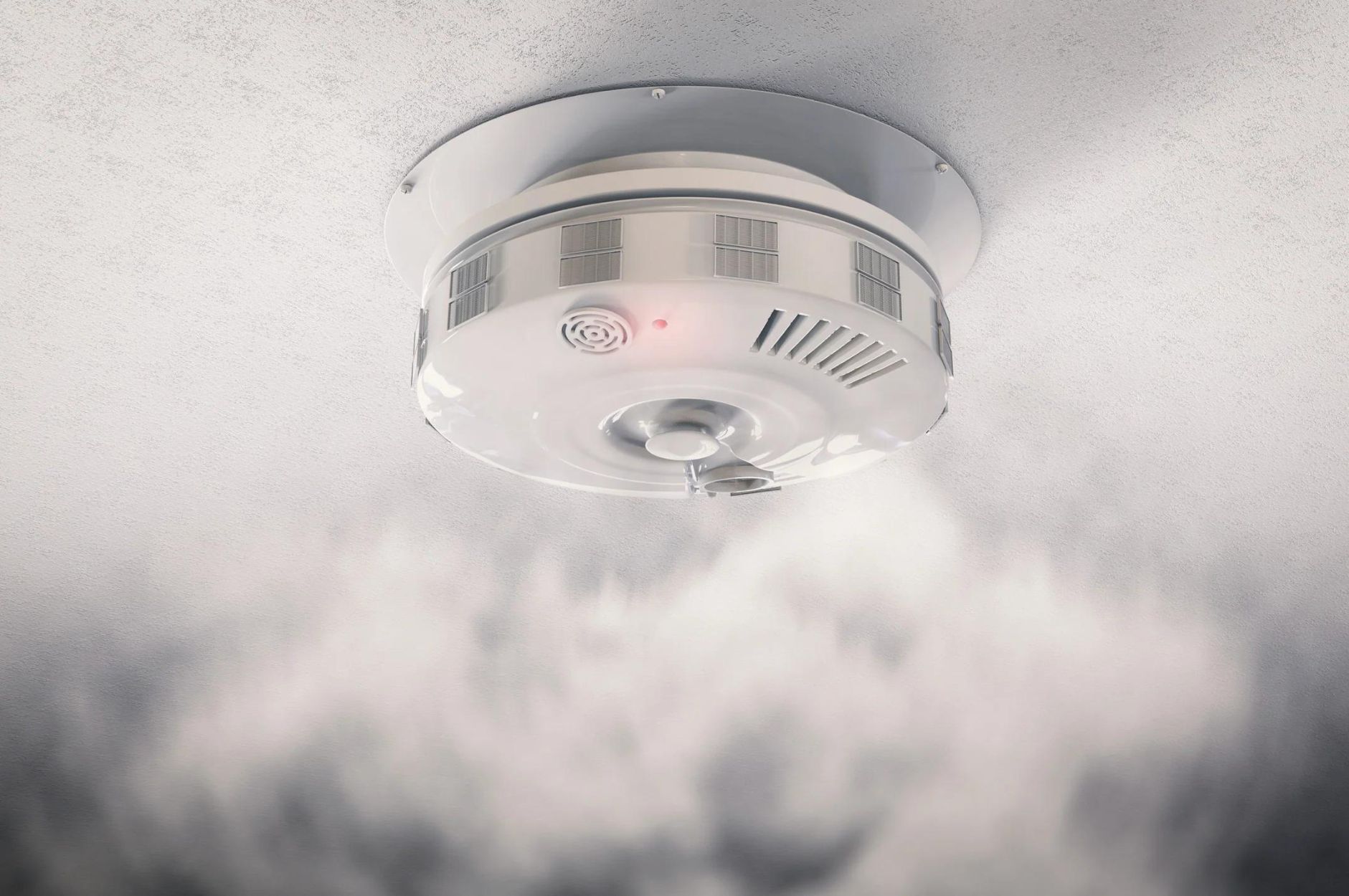
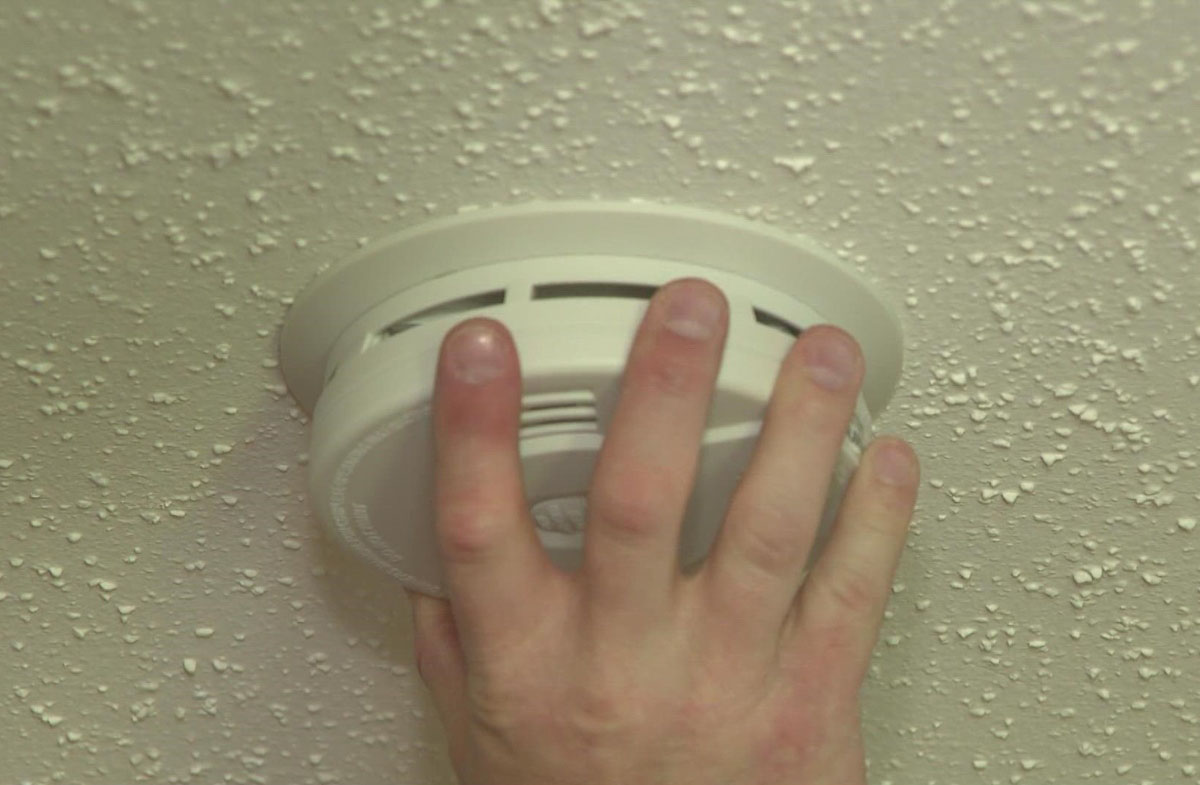
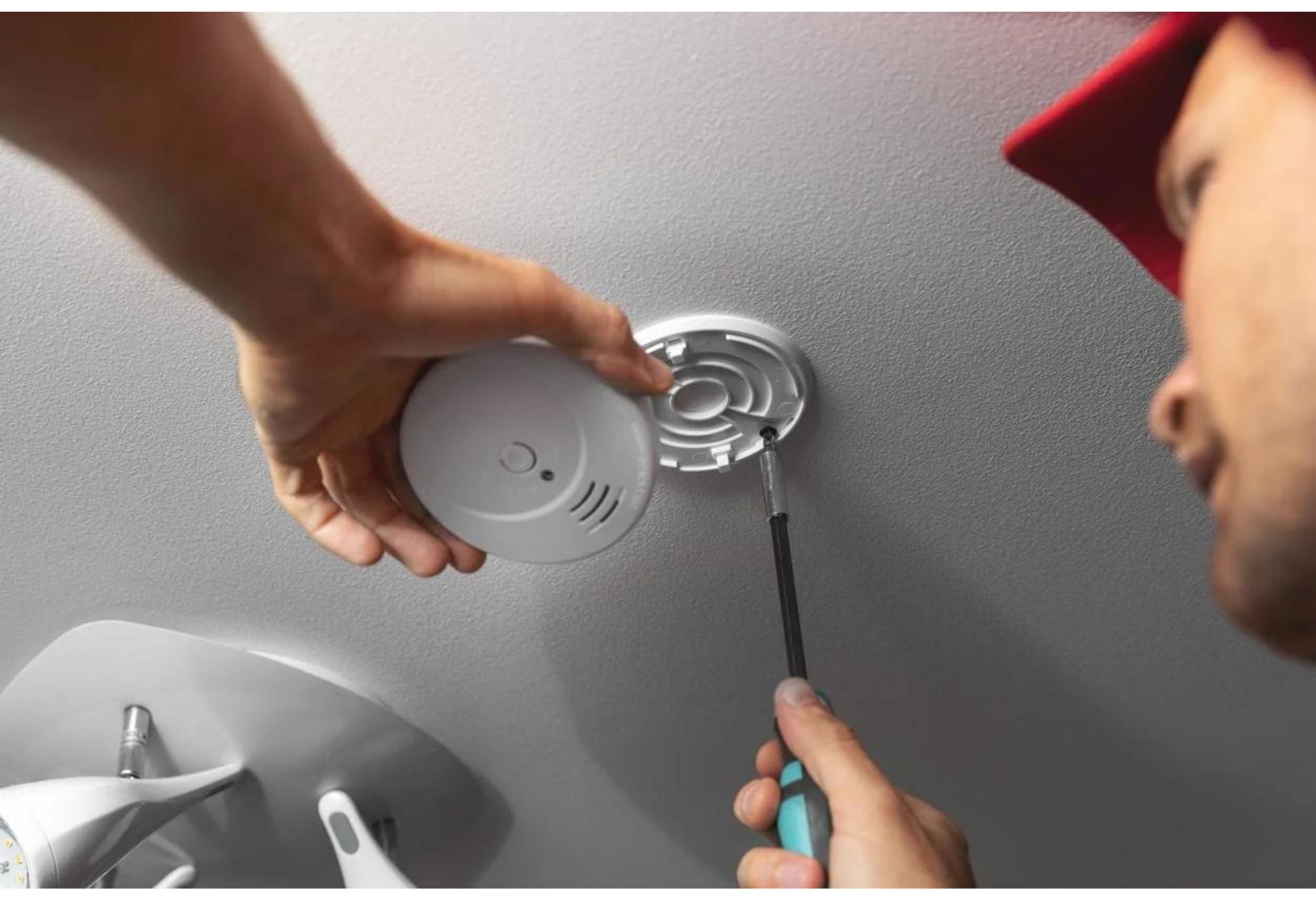
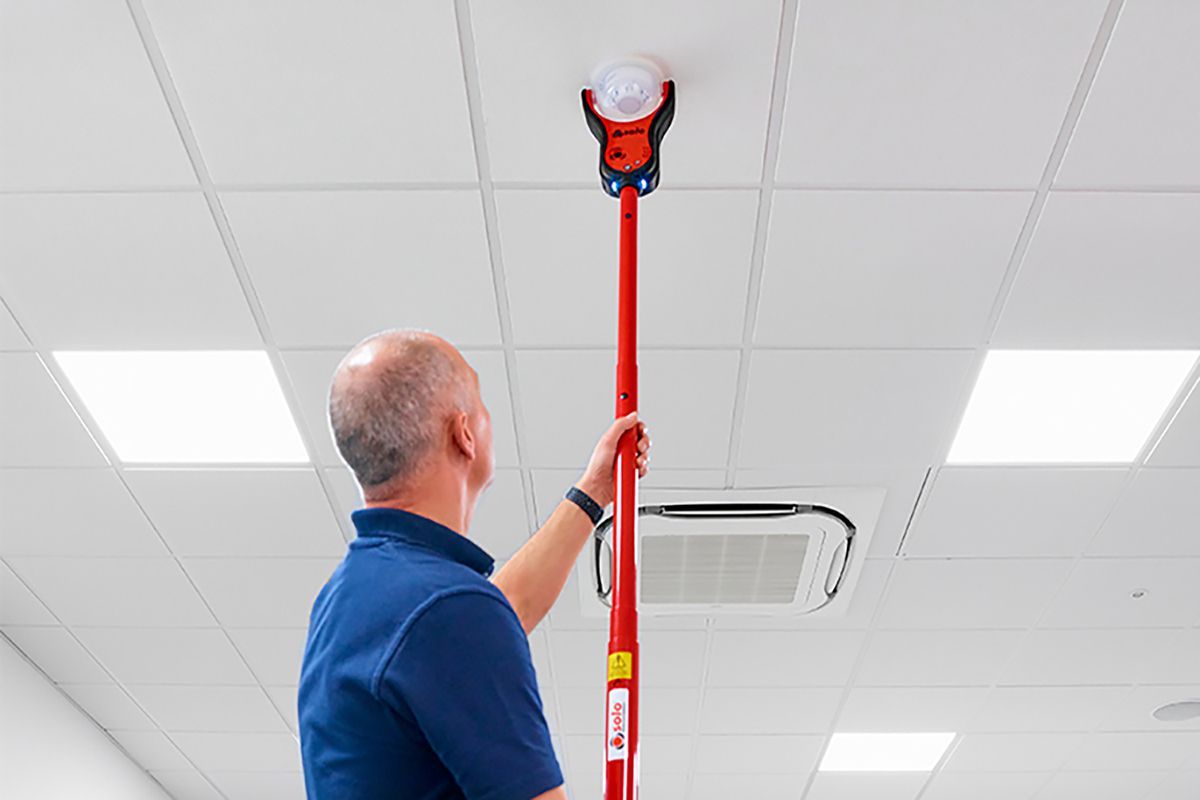
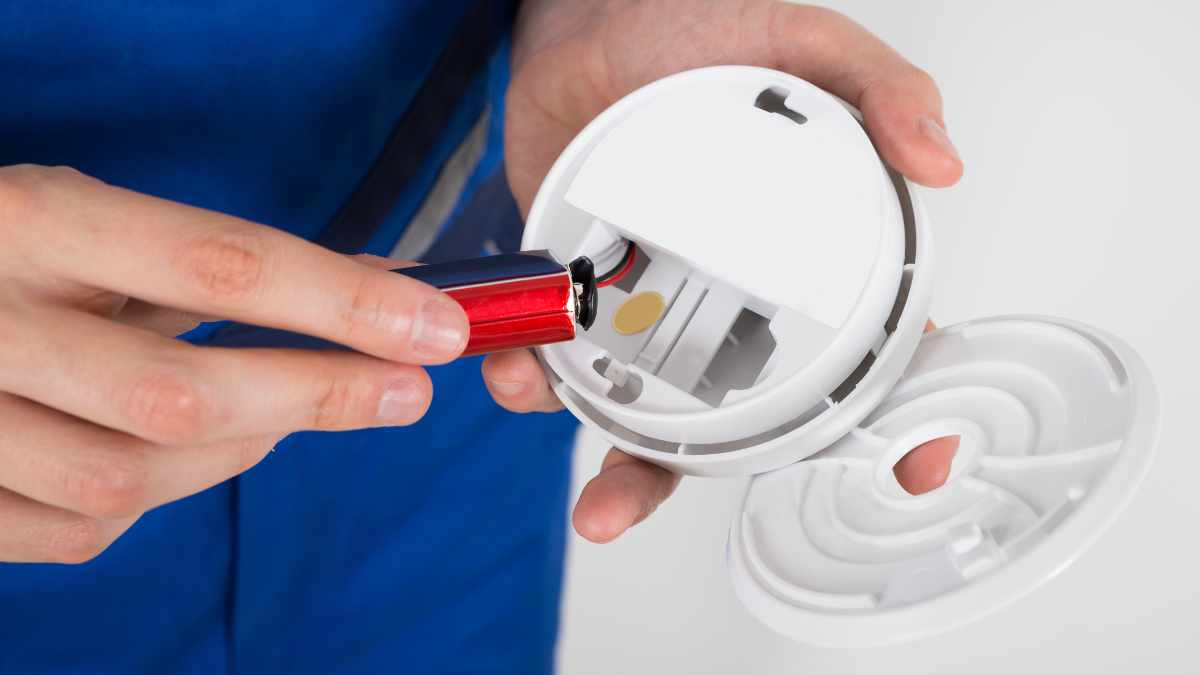
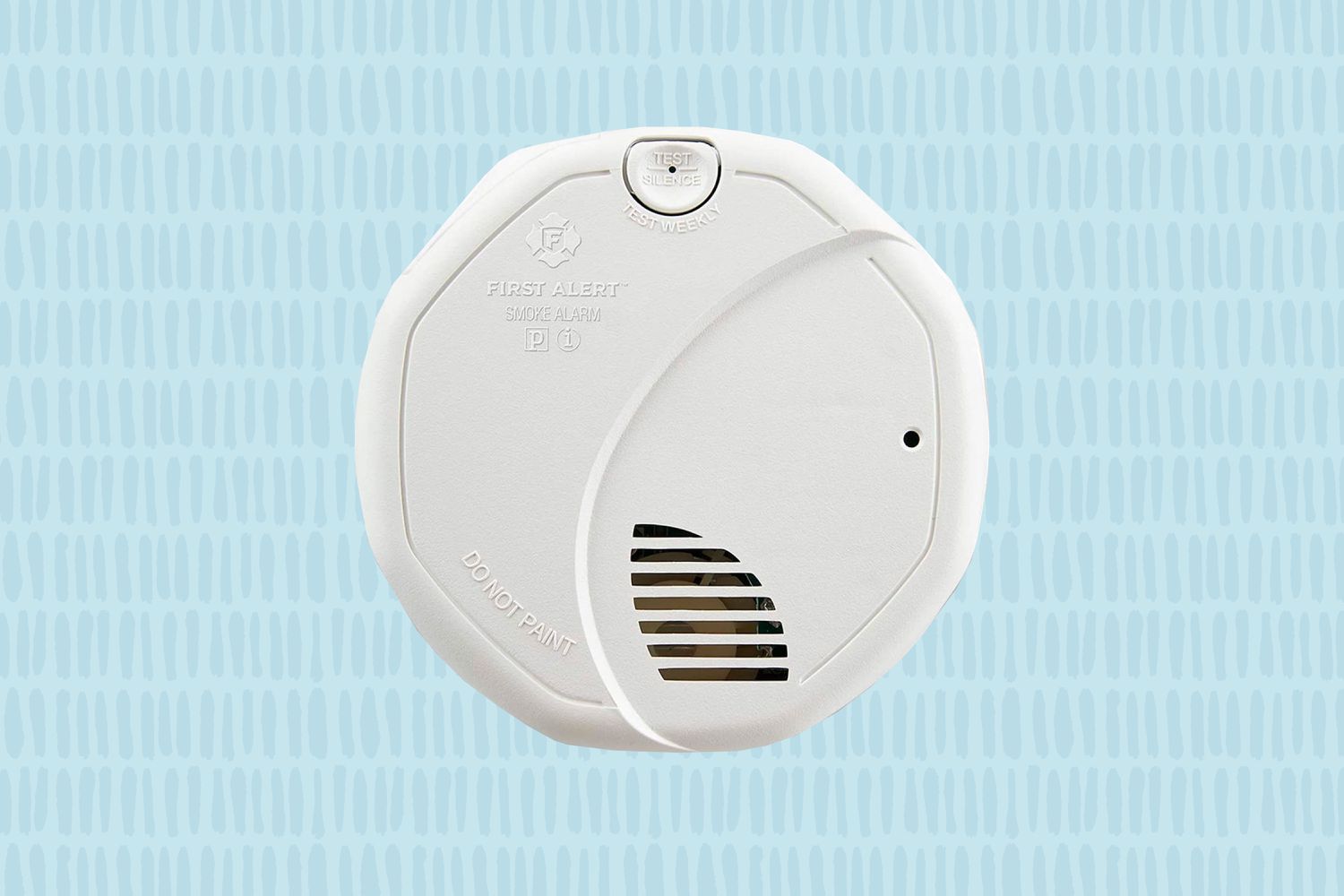
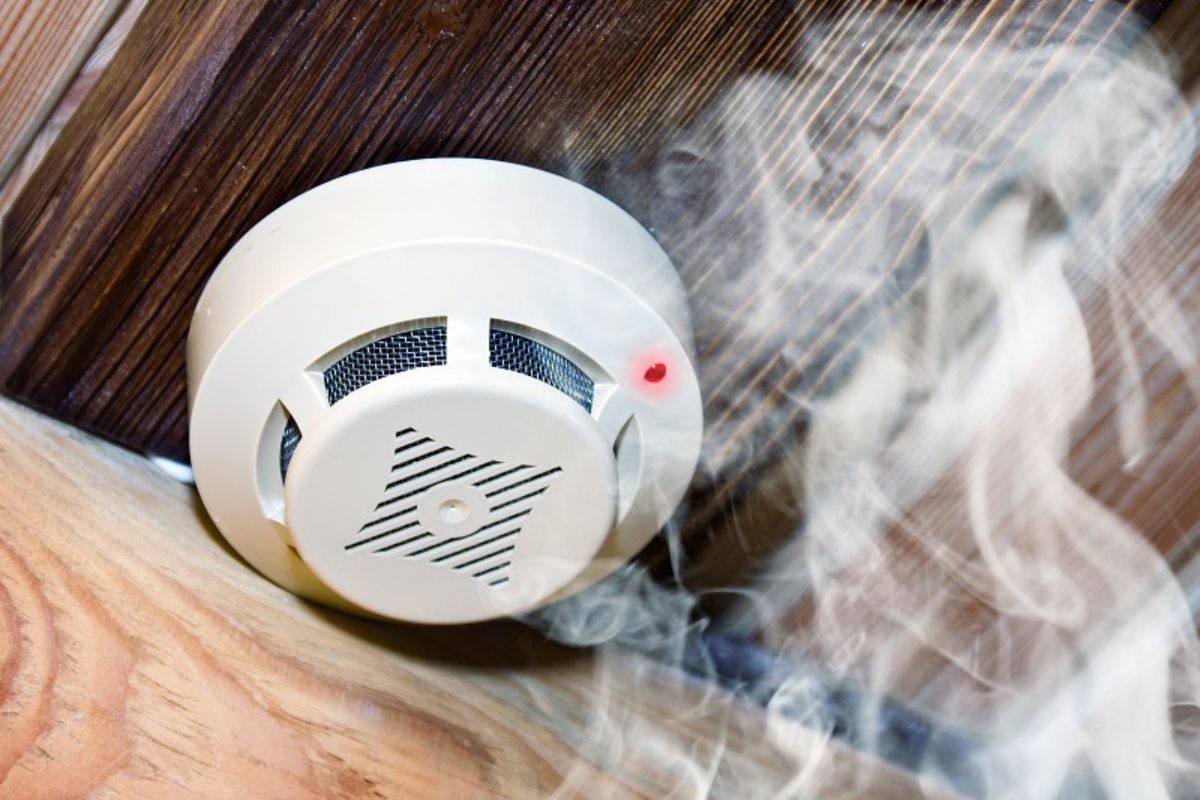

0 thoughts on “How Can An Ionization Smoke Detector Be Identified?”